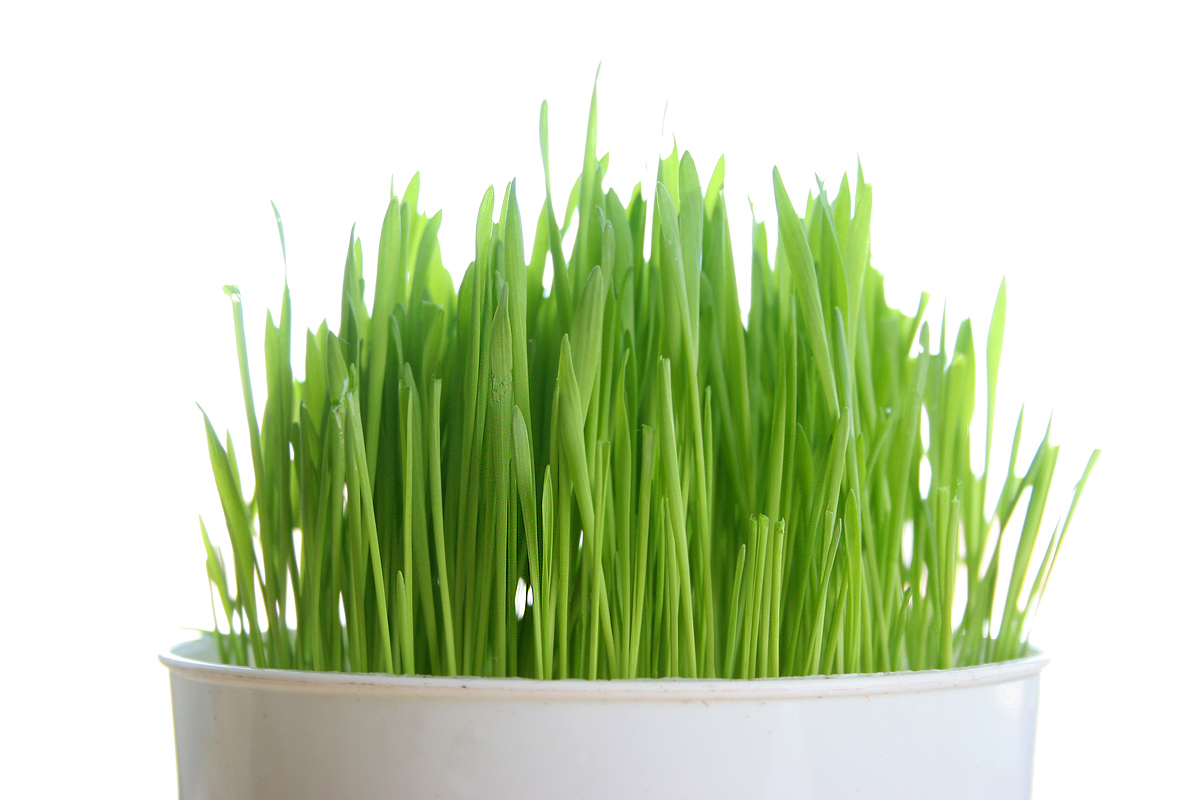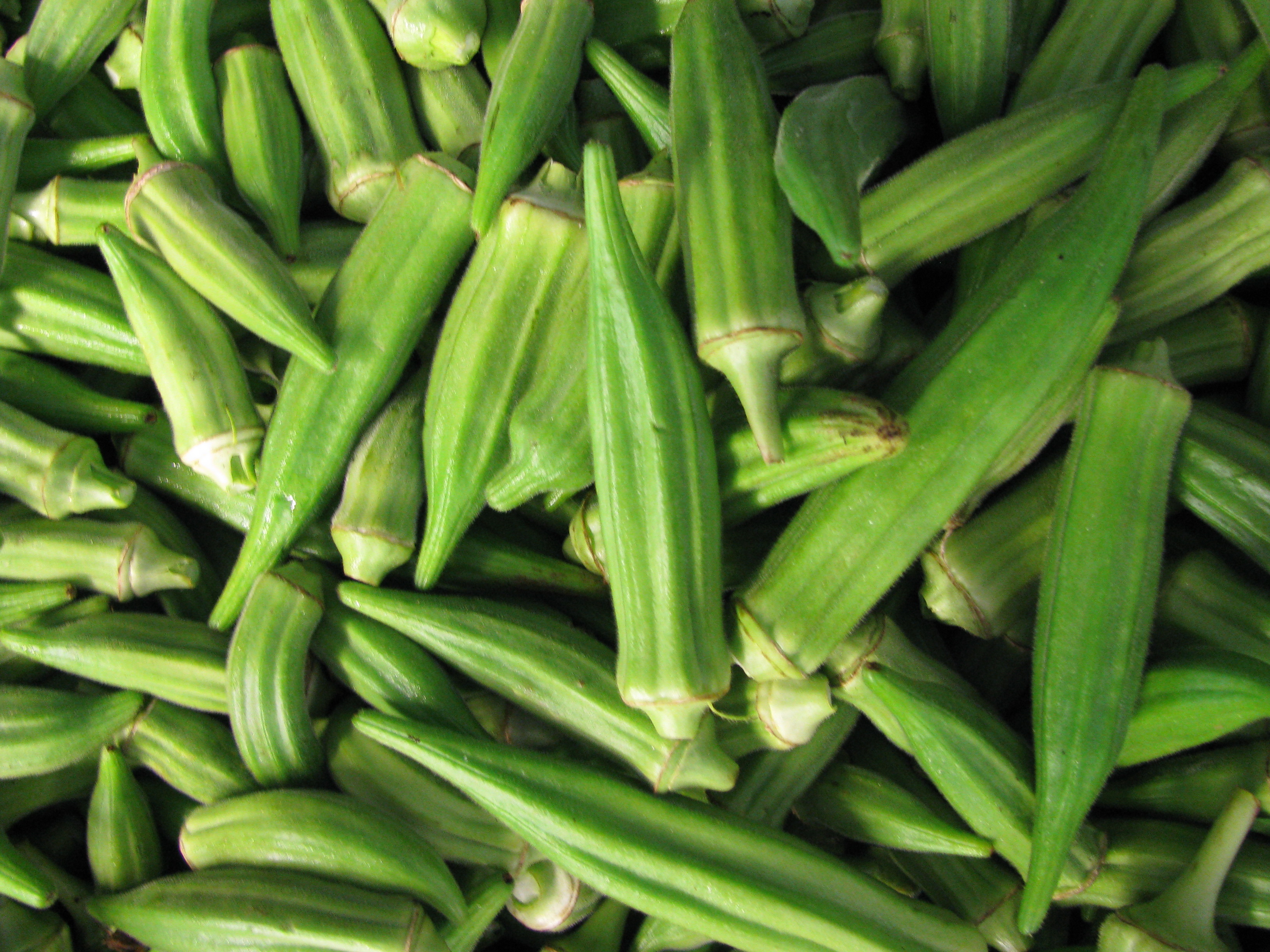Robert Downey Jr., played the role of Tony Stark, downed some ‘green stuff’ to ease his radioactively-induced arterial pain in the Marvel Comics’ adaptation movie Ironman 2 released in 2010....
All posts by Kathrina Santos
Okra is one of the oddest-looking, peculiarly-named, sleazy-tasting vegetable known to mankind – or so to those who recognize it. It just needs a little more advertising if you ask...


